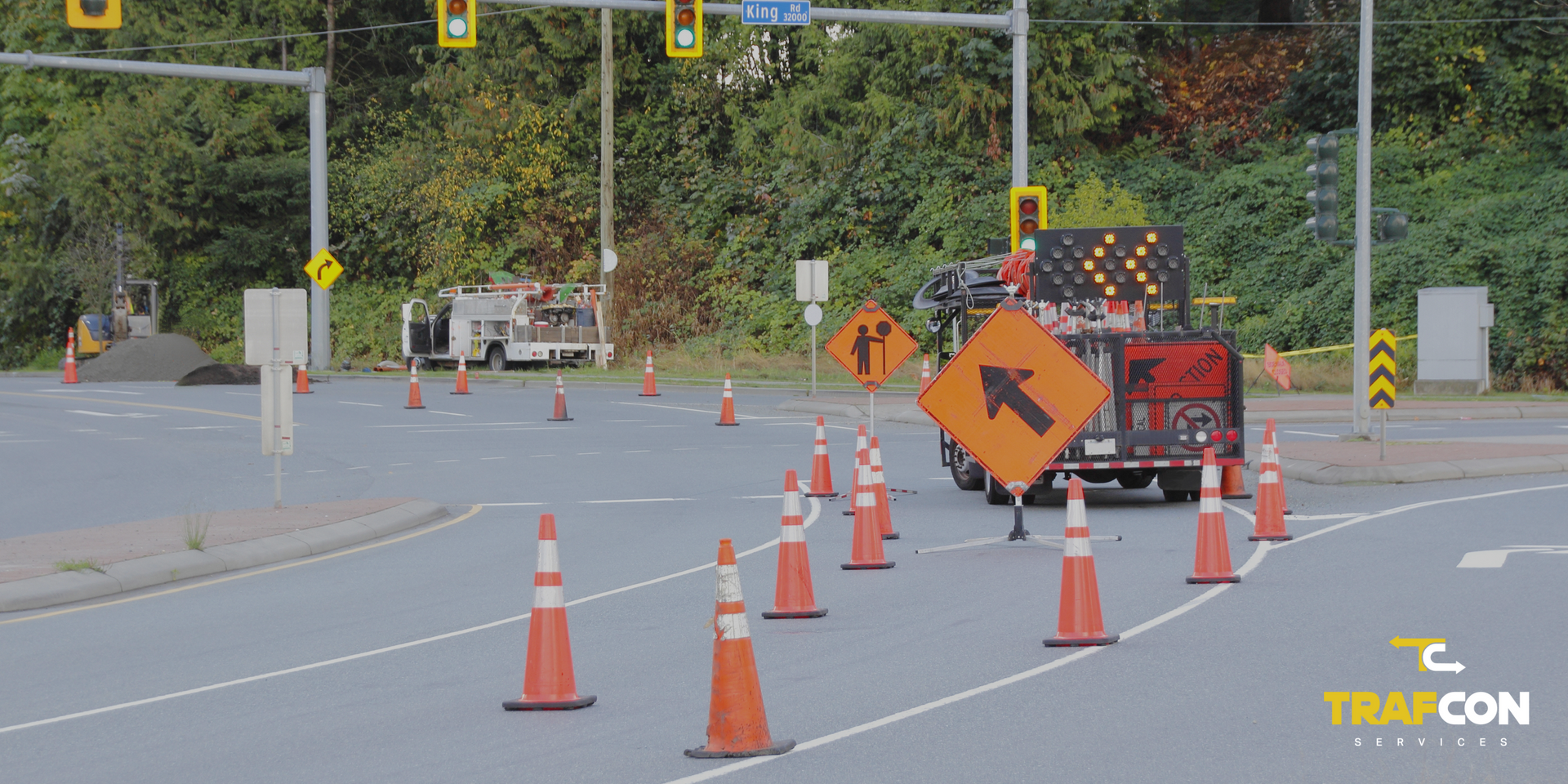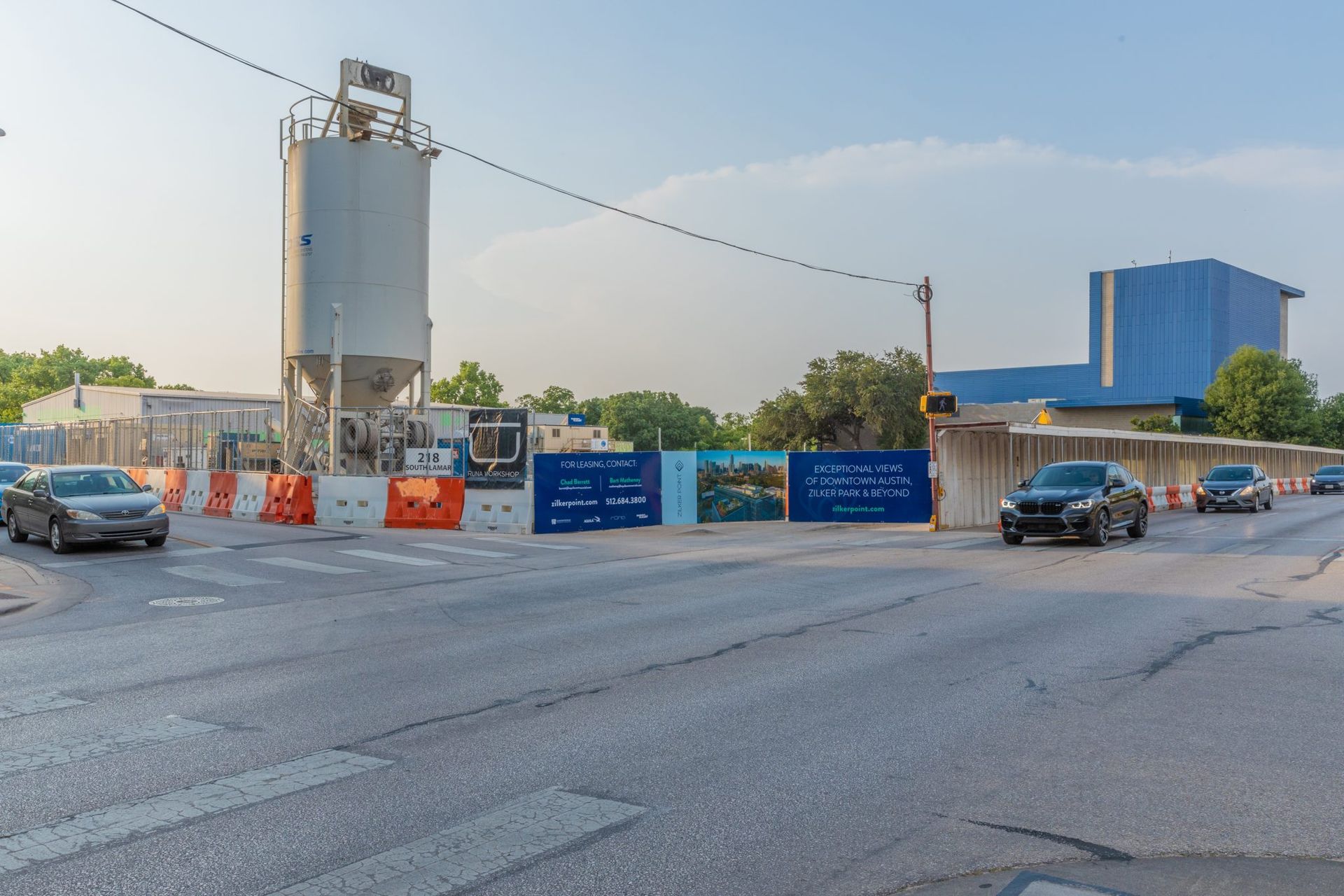How to Correctly Obtain a City of Austin Right of Way Permit

How to Correctly Obtain a City of Austin Right of Way Permit
Need to obtain a City of Austin right of way permit? This article outlines the requirements, application steps, and offers tips for a smoother process. Read on to ensure your project adheres to local regulations.
Key Takeaways
- Right of Way Permits in Austin are essential for conducting work in designated public spaces, and compliance is crucial to avoid penalties and ensure public safety.
- Different types of ROW permits are required depending on the nature of the project, ranging from utility work to events, each with specific application needs. For more details, check out the types of permits.
- The application process for ROW permits involves several steps, including documentation submission and potential additional approvals, with delays possible due to various factors.
Understanding Right of Way Permits in Austin
ROW permits grant authorization to utilize specific public rights of way for different types of improvements or activities. In the City of Austin, these areas encompass streets, sidewalks, and medians. By complying with permit stipulations, entities conducting work accept responsibility for liability and indemnification in favor of the District while ensuring safety is upheld among the public and disruption is reduced.
A right-of-way bond is a type of surety bond that ensures contractors adhere to regulations during work in public right-of-way zones. It holds contractors accountable for damages and is often required by municipalities as part of the permit process for construction in these areas. For more information on bonds, insurance, and contractor licenses, visit Right of Way Contractors.
During the process to obtain a ROW permit, you may be obligated to secure a right-of-way bond—a type of surety bond that ensures compliance with construction standards and provides financial coverage for any resulting damages from such works. A surety company plays a crucial role in this process by investigating claims, guaranteeing payments, and collecting debts from the principal, ensuring compliance with regulations and financial implications for contractors.
Neglecting to acquire an appropriate ROW permit can lead to significant repercussions like forced removals of unauthorized constructions as well as possible civil fines. Hence understanding their requirements remains essential for those intending on undertaking projects within Austin’s public rights-of-way domains.
The city reserves its ability to revoke these permits should there be an infringement upon terms or necessity emerges requiring reclamation of space previously allocated under said permits—for alternate uses perhaps. Gaining knowledge about how row permits function will help safeguard your project against unnecessary delays or legal entanglements stemming from non-compliance with municipal guidelines.
Types of Right of Way Permits in Austin
Different permits for right of way are mandated in Austin, depending on the nature of the project. Utility work, for instance, necessitates its own specific type of permit and often requires a bore profile that must be certified by a professional engineer if it involves utility crossings. For any disruptions caused to the public right of way during their operations, utility companies need to secure ROW permits.
For various other activities such as repairs to sidewalks, excavation jobs or temporary roadway closures too, obtaining ROW permits is compulsory. Similarly, special events taking place in public spaces like festivals or open-air gatherings have an obligation to obtain right-of-way permissions aimed at ensuring they are properly managed and safety protocols adhered to.
Anyone looking to place objects or machinery within publicly accessible areas like streets and pavements is required to acquire suitable right-of-way permission from authorities. The acquisition process for each kind of permit takes into account particular conditions and works towards guaranteeing adherence to municipal guidelines. For more details, refer to the types of permits.
When Do You Need a Right of Way Permit?
Any activity within the right of way (ROW) requires a permit, including tasks from minor repairs to major excavations. Before starting, confirm your project falls within the City of Austin’s ROW and secure necessary pre-approvals to ensure compliance and avoid legal issues.
Excavation permits are specifically required for activities that disturb the soil. Each street affected by the excavation requires a separate permit. This often confuses applicants, as determining the total number of permits needed can be challenging. Special events that involve the use of public spaces, such as festivals or outdoor gatherings, also require specific permits to ensure public safety and manage traffic effectively. It is crucial that the work performed adheres to specific permits and regulations to protect the permit issuer from damages.
In summary, a ROW permit is essential whenever work is conducted in the public right of way. Knowing the specific requirements for your project type can streamline the permit application process and avoid unnecessary delays.
The Application Process for a City of Austin Right of Way Permit
Securing a right of way (ROW) permit in the city of Austin requires a multi-step approach. Initially, one must obtain authorization from the Right of Way Management Division for any developmental activities planned. The scope of your project may also necessitate Clearances and communications with various municipal departments. For a detailed overview, you can refer to this Permitting Process Flow Chart.
TrafCon Services plays an integral role by guiding applicants on whether they require standard specifications or tailored designs for their undertaking. Each application should be accompanied by detailed descriptions, thorough construction schematics, and the requisite fee payment. The bond cost, which is typically a small percentage of the bond amount, is influenced by factors such as the bond's size, duration, and the applicant's credit score.
Applicants often encounter challenges related to leasing agreements. Possessing a signed lease agreement is mandatory before submission of the ROW permit request, which can potentially raise financial uncertainty.
Required Documentation
When seeking a ROW permit, one must provide complete construction plans, details of the intended work, and pay the application fee as part of the essential documentation. Any excavation within the right of way requires a ROW Contractor’s License. It is imperative that all subcontractors who will affect the right of way are listed in the permit application along with verification that they carry appropriate licensing.
In instances involving larger projects, additional clearance from particular city departments might be required. Prompt acquisition and submission of all compulsory paperwork can greatly expedite approval for permits by minimizing potential holdups in processing.
Online Application Submission
Every application for a ROW permit needs to be filled out and sent in using the specific online portal designed for permitting. The use of this system streamlines the submission by enabling applicants to easily upload required documents and finalize their applications from any location with internet connectivity.
This approach includes an option for online payment, which enhances the convenience of settling fees associated with obtaining a ROW permit.
Application Fees
When submitting an application for a right of way (ROW) permit online, payment of the necessary fees is required at the time of submission. It’s important that whoever fills out and sends off the online form also takes on the responsibility to process this critical payment. For more information, visit ROW Usage Fees.
The cost associated with utilizing the right of way accrues daily from when work commences with the initial cut until final restoration receives approval. Applicants should familiarize themselves with all aspects of fee-related expenditures, including bond costs and overall bond amount, to ensure they are financially prepared for their projects without any surprises arising. Bond cost can vary significantly, as the premium is typically a small percentage of the bond amount and is influenced by factors such as the bond's size, duration, and the applicant's credit score.
Lead Times and Processing Duration
The timeframe for obtaining a ROW permit from the city of Austin can differ due to multiple determinants. It takes several weeks for the review and issuance process to be completed, with variations hinging on how complex the project is and whether the application has been filled out accurately and in full detail. The workload of applications currently being processed, along with mandatory public safety protocols and necessary interactions between different municipal departments, also plays a role in extending this duration.
During their pursuit of a ROW permit, applicants may experience delays if there’s need for supplementary details or amendments are mandated concerning their submission throughout its assessment. Occasionally encountered is an absence of fixed processing timescales which introduces ambiguity regarding when resolutions will occur over submitted applications. For detailed guidance on coordinating with area stakeholders, visit ROW Conflict Resolution.
There exists variability among regulatory entities’ decision-making benchmarks that could induce inconsistent outcomes during approval stages related to permits. When authorities responsible for issuing permits informally decline submissions without formal disapproval notices, applicants might find themselves obligated to perpetually revise and resubmit documentation leading to procedural postponements.
An understanding of these potential difficulties coupled with strategic preparation can aid in setting realistic expectations as well as contribute towards fostering an efficacious authorization process outcome regarding ROW permits. For a detailed overview, you can refer to this Permitting Process Flow Chart.
Traffic Control Plans and Their Importance
Mandatory for any development work taking place within the right of way, Traffic Control Plans are instrumental in guaranteeing the safe movement of both vehicles and pedestrians through areas undergoing construction. These plans often incorporate vital components such as signage, devices to control traffic flow, and protections for work zones that direct and protect those using the roads.
To bolster safety around these construction sites, effective Traffic Control Plans create distinct paths for travel while marking out restricted ‘no-go’ areas. TrafCon Services offers its proficiency in both designing traffic control strategies and securing permits through Austin’s Right of Way Management Approval Network. Their specialization ensures that all necessary precautions are established so projects can advance with minimal risk and disruption. For more information, visit Right of Way Traffic Control.
Common Challenges and How to Overcome Them
Navigating the complexities of securing a Right-of-Way (ROW) permit can be fraught with complications, as those who apply might grapple with intricate stipulations and experience postponements. Employing diagnostic protocols serves to promptly pinpoint and address these setbacks, facilitating a more streamlined pursuit of the permit.
When recurring challenges arise in applying for a ROW permit, it’s beneficial to consult specialists such as TrafCon Services. With their profound knowledge and skill set, they adeptly guide applicants through the nuanced layers of obtaining a ROW permit by circumventing prevalent hindrances and hastening sanction.
TrafCon Services: Your Local Expert in Traffic Control and Permitting
TrafCon Services stands as the premier specialist in traffic management and obtaining necessary permits within Austin and its neighboring regions. They have established a track record of creating customized solutions that align with their client’s unique requirements, which is highlighted by their effective partnership with KenTex Roofing Systems.
Focusing on the design and facilitation of traffic control measures specific to the Austin area, TrafCon Services offers clients direct access for any questions or assistance they may need, leveraging their deep knowledge of local regulations and procedures. Check out their services in Traffic Control Design, Traffic Control & ROW Fee Consulting, Permitting Assistance, and Special Events.
Schedule a Free Site Walk with TrafCon Services
TrafCon Services invites clients to take advantage of a complimentary site walk, offering tailored advice and assistance specific to their project requirements. This complimentary service simplifies the process of obtaining approvals through the City of Austin’s Right of Way Management Approval Network.
By offering these no-cost site walks, TrafCon Services aims to furnish professional insight on matters related to traffic control and permitting processes. Their objective is to help ensure that projects are executed seamlessly and with utmost safety in mind.
Summary
Grasping the intricacies of obtaining a ROW permit in Austin is essential for any endeavor taking place within the public right-of-way. Ensuring you have all required permits, properly filing applications, and handling traffic control measures are key components for adhering to regulations and maintaining safety. For general considerations, refer to General Considerations.
As a leader in this domain, TrafCon Services provides exceptional guidance and know-how to support clients at each juncture of securing a ROW permit. Their expertise can aid your project by preventing avoidable hold-ups or issues. Initiate your path to success by arranging a complimentary on-site visit with TrafCon Services immediately.
Frequently Asked Questions
What is a right of way permit?
Get a Quick QuoteA permit for the right of way serves as a revocable authorization, granting access to designated public areas like streets and sidewalks for assorted enhancements or operations. A right of way bond is a surety bond that ensures contractors adhere to regulations during work in public right-of-way zones.
This type of permit is crucial in guaranteeing adherence to regulations pertaining to legality and safety concerning these uses.
When is a right of way permit required?
A permit for right of way is necessary when undertaking activities within the public right of way, including utility work, excavations, and special events.
Securing this permit is crucial to adhere to local regulations.
What documents are needed to apply for a ROW permit in Austin?
In Austin, when applying for a permit to access the right-of-way (ROW), it’s essential that you submit thorough details pertaining to the project, finalized construction blueprints, possess a ROW Contractor’s License specifically for excavation purposes, and secure any extra approvals that may be mandated.
How long does it take to process a ROW permit in Austin?
Typically, in Austin, the time required to process a ROW permit can span several weeks and is contingent on how complex the project is as well as whether the application submitted is complete.
How can TrafCon Services assist with the ROW permit process?
Get a Quick QuoteBy providing expertise in traffic control design and the permitting process, TrafCon Services greatly assists clients in navigating the often complex and multifaceted requirements of obtaining a ROW permit.
Their services encompass a comprehensive understanding of local regulations, ensuring that all necessary documentation is correctly prepared and submitted in a timely manner. TrafCon Services also offers support in developing effective traffic control plans, which are crucial for maintaining safety and minimizing disruptions during construction activities.
With their guidance, clients can avoid common pitfalls and delays, ensuring a smoother and more efficient permitting process. Additionally, TrafCon Services provides ongoing consultation and troubleshooting throughout the project lifecycle, addressing any issues that may arise and ensuring compliance with all municipal guidelines.
SHARING IS CARING
New Paragraph











